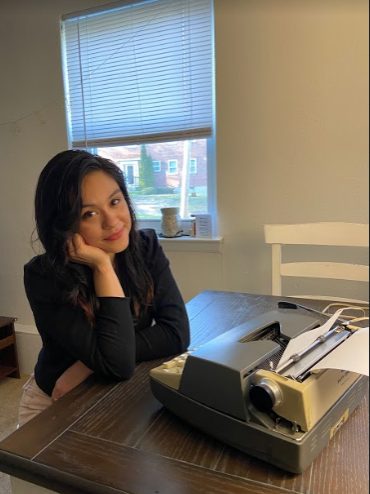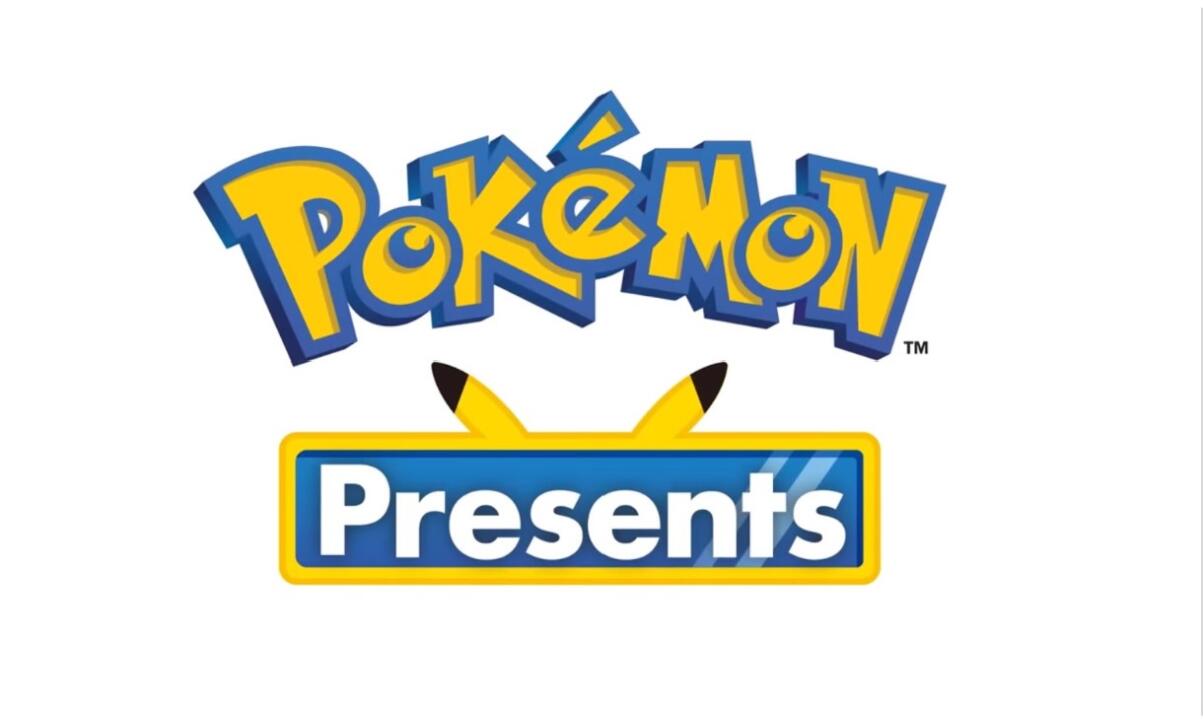“write hard & clear about what hurts.”
These words, tattooed on Gabrielle Caggiano’s left bicep, serve as the bedrock of her poetry. As a 22-year-old junior at the University of Maryland, Baltimore County pursuing a double major in English literature and ancient studies, Caggiano is a self-identified “lover of language” who uses poetry as form of emotional processing. For her, poetry is a healing modality that allows her to demystify complex feelings and resolve her internal discord.
Nestled in the corner of her white plush couch, Caggiano adjusts the hem of her floral dress to assume a cross-legged position. In a steady, high-pitched voice, she reflects on a bizarre period of her life when she was experiencing recurring dreams about a past love, dreams that were “getting really psychological,” she says.
Suddenly, her eyes, framed by a pair of tortoise shell glasses, dart to a television paused on the Netflix “Home” screen. After a few moments, she swivels her head back to the right and resumes eye contact to softly confess, “It was like my brain was telling me, ‘you’re not over this.’”
Rather than brooding on these nightly episodes, Caggiano decided to channel her haunting dreams to paper and transform them into poetry. The expression of her unresolved emotions culminated in an award-winning piece titled “I am her,” which will be published in the Spring 2020 issue of UMBC’s literary magazine, Bartleby. Her piece won Bartleby’s entire Poetry section, although to Caggiano that’s not where the true achievement lies. To her, the ability to deposit her feelings and have every line serve as an apt representation of her complex experience outweighs any accolade.
“I am her” was a form of catharsis that provided Caggiano a clear overview of her romantic relationship. It allowed her to deconstruct her chaotic experience into digestible emotional units, in a way that actually made sense to her.
She theorizes that her nightmares were a message from her subconscious mind, demanding her need for closure. It was as if her unsettled emotions were manifesting in dream form to express her emotional disharmony and writing pushed these suppressed emotions to the foreground of her awareness, forcing her confront them.
But perhaps the most puzzling aspect of “I am her” is that upon its completion, Caggiano’s recurring dreams completely vanished — suggesting her attainment of an emotional resolution. According to Caggiano, this inexplicable yet pivotal moment marked a shift in her relationship with poetry, underscoring her enlightenment to its remedial nature.
“I cried. That experience was so tough for me, and the fact that I was able to put it into words in a way that resonated with other people,” she states, “it just made me cry.”
Her sentiment echoes that of other writers who endeavor to immerse readers in their own cognitive stream of thinking to evoke an equally affective response — one of the countless challenges associated with writing.
With furrowed brows and taut lips, Caggiano describes another one of those challenges, citing a frustrating period where she was a victim of the dreaded “writer’s block.” She admits that the creation of “I am her” was a labor of love, spanning across numerous years, and was only possible because of her recent enrollment in a poetry class. And it was in this space that Caggiano discovered the antidote to her creative slowdown: journaling.
“It’s a practice you have to have as a writer,” she says. Because journaling is rooted in self-inquiry, it allows for deep introspection, or as Caggiano puts it, the opportunity to “marinate on my thoughts.” She feels that by cataloguing her unvarnished thoughts, feelings and emotions she can vividly revisit past events. This way when she returns to her writing, she can immerse herself in the same mind frame to create an authentic and evocative shading of her experience.
However, the benefits of journaling extend beyond Caggiano’s poetic success. She credits journaling for its therapeutic effects, admitting that it has become closely tied to her mental health. She considers her notebook to be an inherently nonjudgmental zone where she can just observe the contents of her mind and even likens journaling to a form of “emotional purging.” “When in doubt, I know that I can just put it all on the page,” she communicates with a heavy exhale.
The end goal for Caggiano’s poetry is always the same: to attain an emotional release and engage in some form of self-discovery. She hopes to one day release her very own chapbook and have it published by a small publishing house, but as of now, she is content with her poetry’s blossoming success. “It’s currently a hobby, and I definitely have goals for it, but we’ll see what comes of it.”


